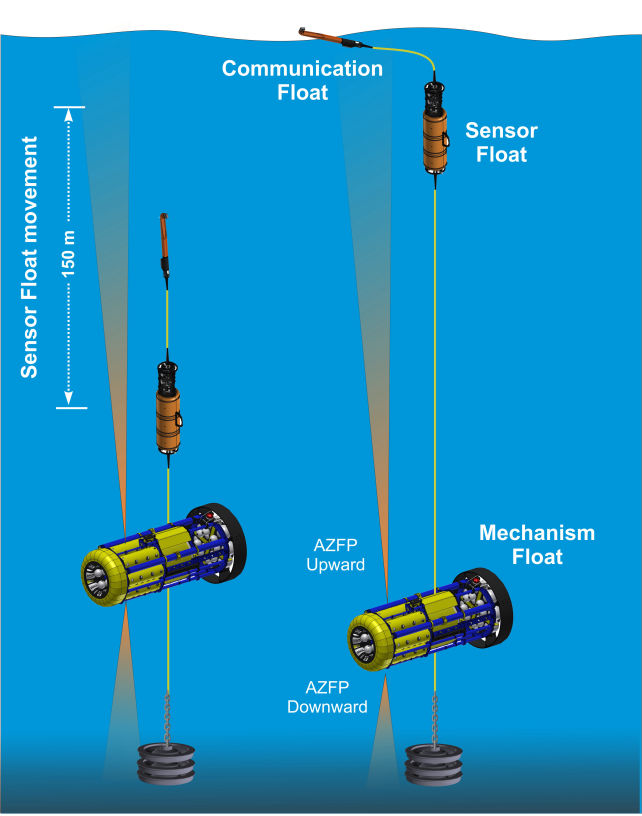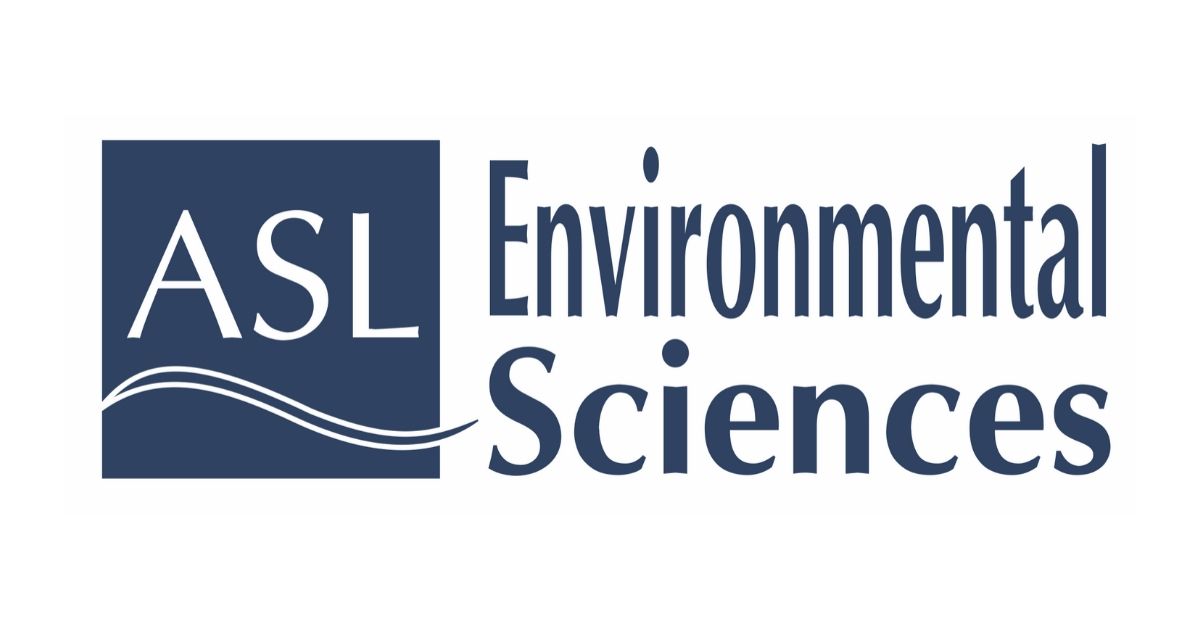An ASL Environmental Sciences’ Acoustic Zooplankton Fish Profiler has been added to the The SeaCycler instrument payload to continuously record acoustic backscatter in the water column.
The SeaCycler is a long-term interactive deep ocean observatory was a key part of the VITALS project that was examining atmospheric gas exchange and deep convection in the Labrador Sea (Atamanchuk et al., 2020).
 Equipped with a large payload of oceanographic instruments, this system was originally developed in collaboration between Bedford Institute of Oceanography, Canada (George Fowler) and Scripps Institution of Oceanography, USA (Uwe Send) but has expanded internationally with partnerships that include Helmholtz Centre for Ocean Research Kiel (Germany) and most recently, Dalhousie University’s CERC.OCEAN group led by Prof. Doug Wallace.
Equipped with a large payload of oceanographic instruments, this system was originally developed in collaboration between Bedford Institute of Oceanography, Canada (George Fowler) and Scripps Institution of Oceanography, USA (Uwe Send) but has expanded internationally with partnerships that include Helmholtz Centre for Ocean Research Kiel (Germany) and most recently, Dalhousie University’s CERC.OCEAN group led by Prof. Doug Wallace.
In collaboration with Dr. Dariia Atamanchuk of the University of Dalhousie and Dr. Maxime Geoffroy of the Fisheries and Marine Institute of Memorial University, an ASL Environmental Sciences’ Acoustic Zooplankton Fish Profiler (AZFP) (multi-frequency 38/70/125/200 kHz) has been added to the instrument payload to continuously record acoustic backscatter in the water column.
The SeaCycler has a large array of instruments including those that measure dissolved gases, nutrients, currents and biooptical properties of seawater. Many of the instruments are mounted to the sensor float which can be raised or lowered through the water column to either profile or sample at discrete depths.
The mechanism float is comprised of an energy-conserving winch that controls the movement of the sensor float through 150 m of the upper ocean. As the sensor float moves towards the surface, the communication float surfaces and allows for two-way satellite communications between the instruments and the shore station. The AZFP has been mounted to the mechanism float with two of its four transducers pointing up to detect bubbles, fish and zooplankton and two transducers pointing down to detect fish and zooplankton.
Sea trials are being conducted in preparation for a long-term deployment of the SeaCycler in the Labrador Sea planned for September of this year.
Story by ASL Environmental Sciences





